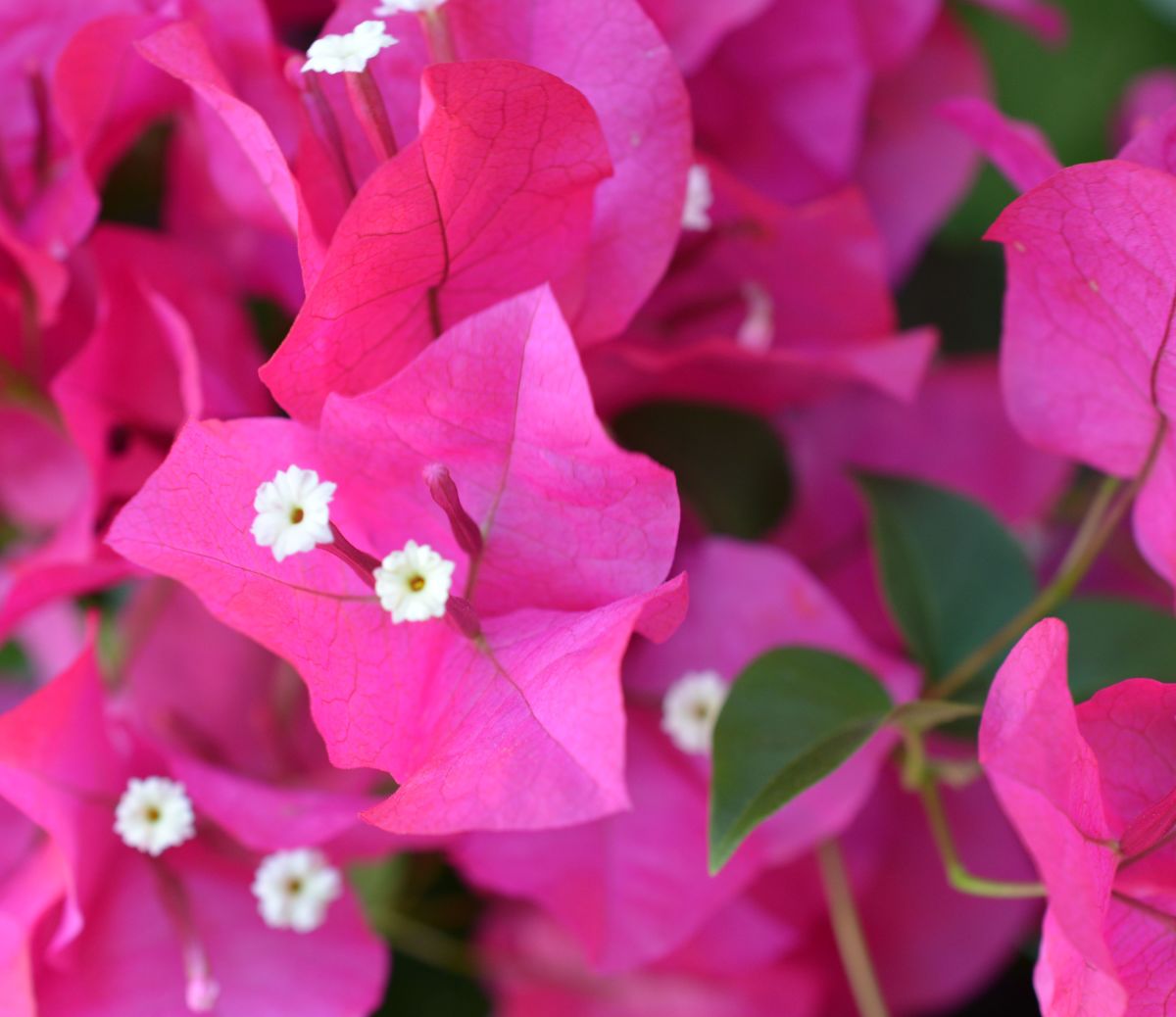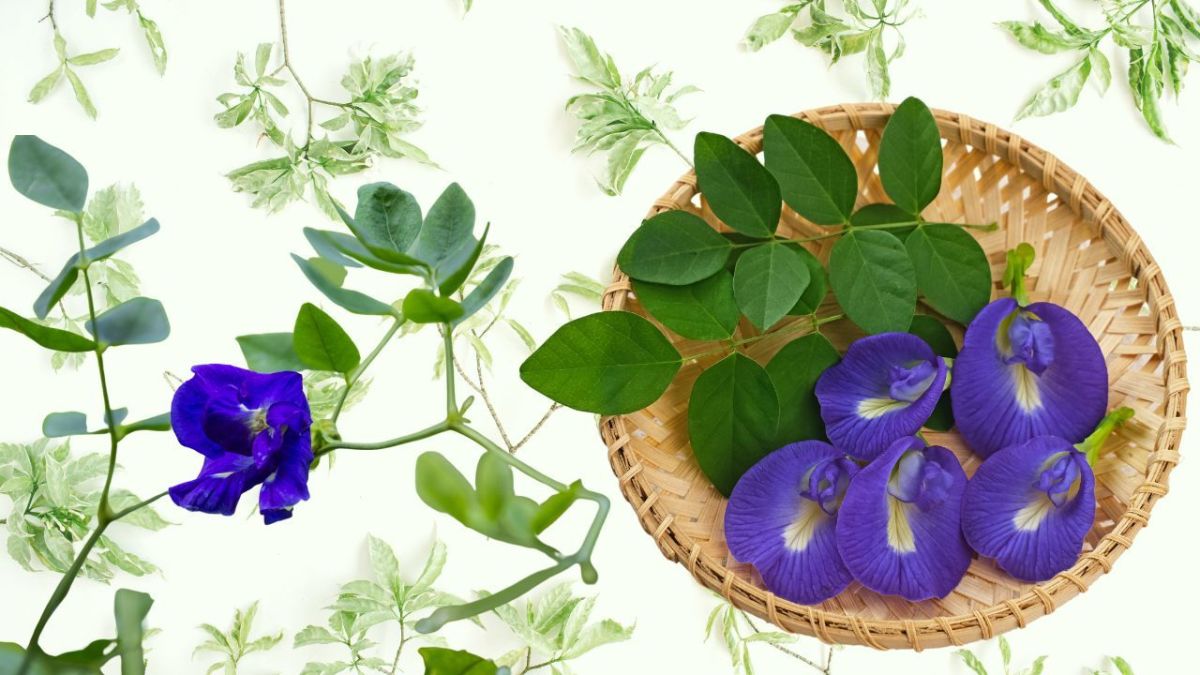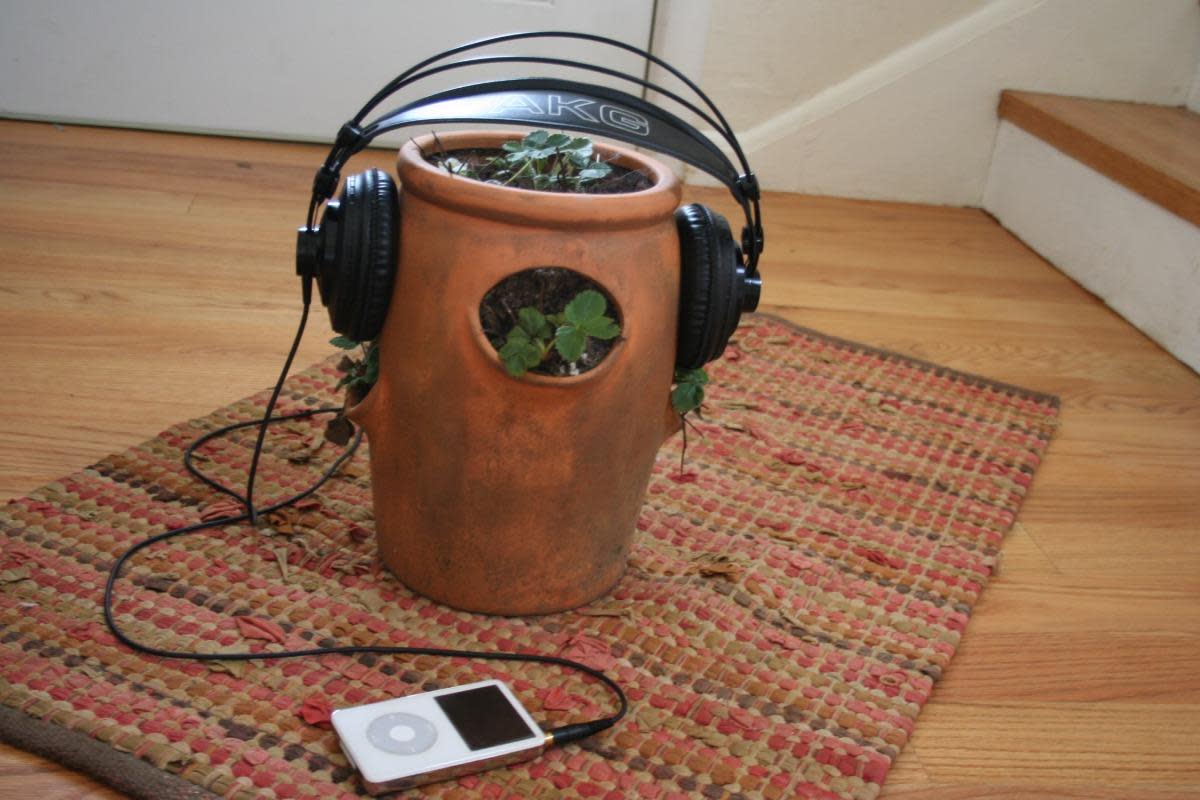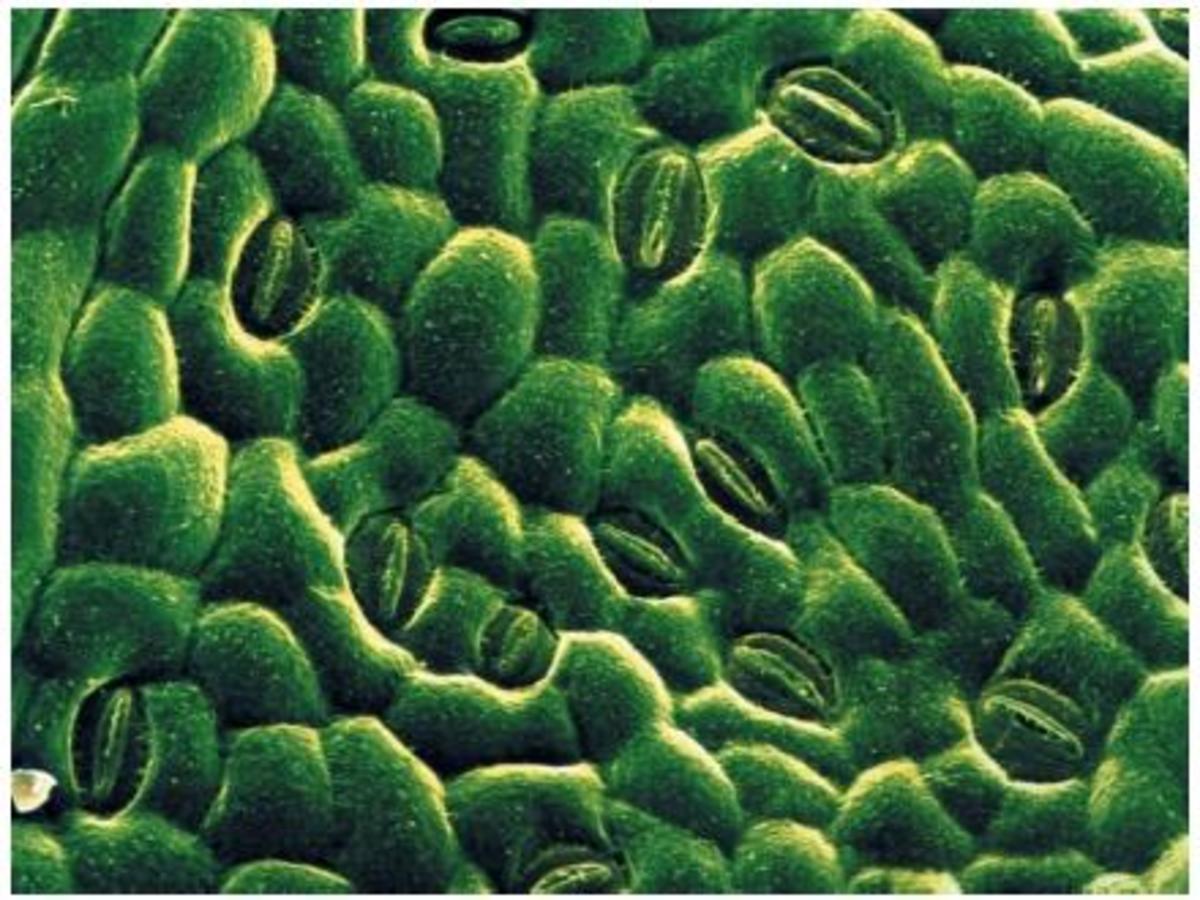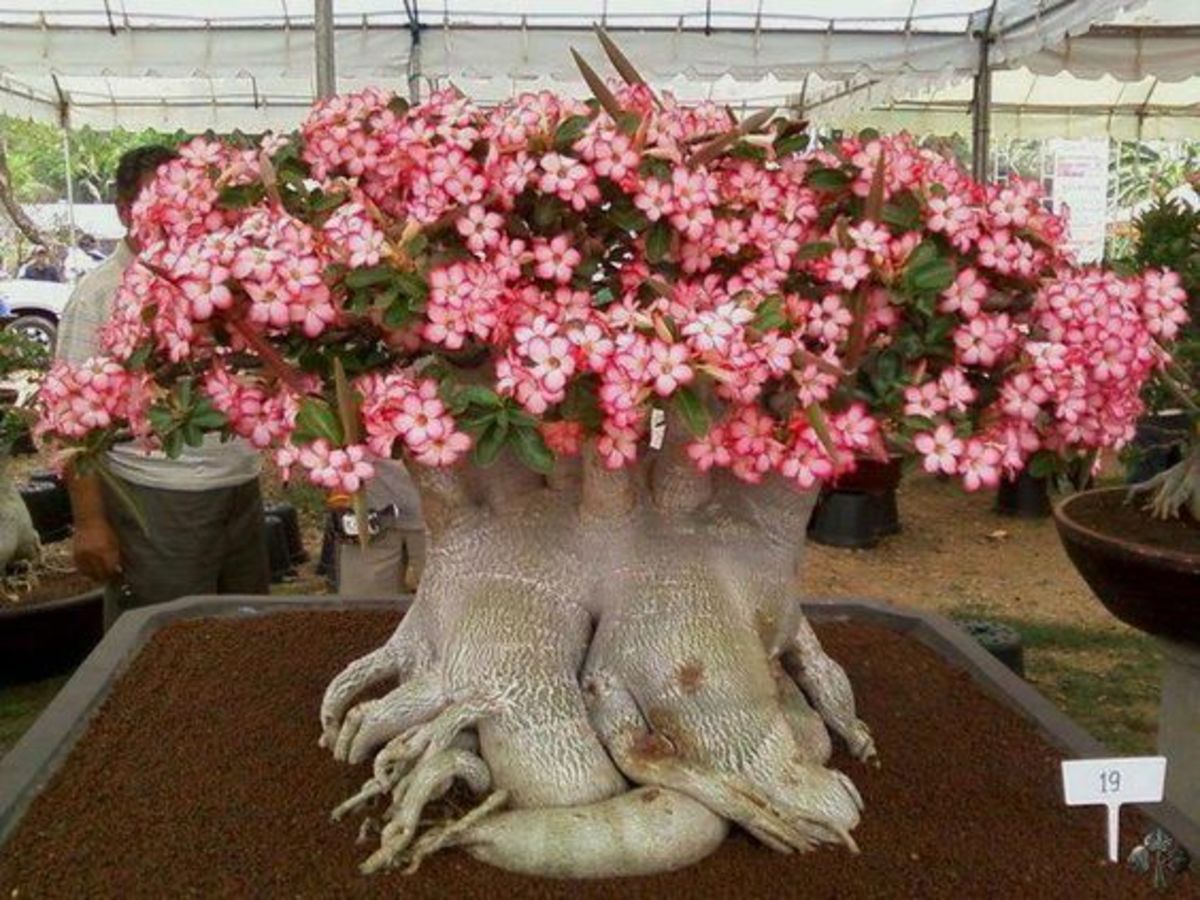The Fragrance of Flowers

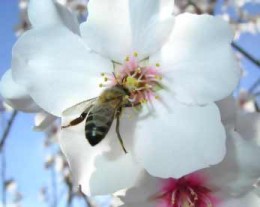
In evolved plants, the body is more complex and shows various levels of organization such as cells, tissues, tissue systems and organs. Tissues are functional units of organ. A tissue is a group of similar or dissimilar cells that have a common origin and perform a common function. The ‘tissues’ of a plant infact, are responsible for various phenomenon right from growth to guttation. The young and immature group of cells form a tissue called meristem which promote the growth in different plant organs. There are some special glands called ‘Osmophors’ which are responsible for the fragrance of flowers. The fragrance is mostly due to the secretion of volatile essential oils. They help in attracting insects for cross pollination. You might have noticed that, drops of water found on grasses particularly on a cool early morning as the result of a phenomenon called ‘guattation’. So let us discuss abut different types of tissues and their functions.
In plants two major kinds of tissues are identified. They are 1. Meristematic tissues and 2. Permanent tissues. Let us discuss about the structure and functions of some of the tissues.
I. Meristematic Tissues: Meristems are localized growth regions in the plants. The cells in this tissue, divide continuously, actively and produce new cells, tissues and new organs and help in growth of the plant organs.
Types of Meristems:
1. Based on the origin they are of two types:
a) Primary Meristems: Meristems which are formed at the embryonic stage and remain active in the matured parts of the plant body. They are found in stem and root apices (growing tips). They give rise to the primary structures of the plant body.
b) Secondary Meristems: These are formed from the permanent tissues by a process called dedifferentiation. E.g: Interfascicular cambium and cork cambium. They help in secondary growth and cause radical growth in cylindrical organs like stems and roots.
2. Based on the position these are of three types:
a) Apical Meristems: They are present at the growing tips of roots, stems and brances. They help in the linear growth of the plant body.
b) Intercalary Meristems: Can be seen at the base of the internodes and the leaf bases of grasses. They help in linear growth of the stems and leaves.
c) Lateral Meristems: (lateral sides close to the axis). E.g: Vascular cambium helps in the secondary growth and produces secondary xylem and secondary phloem and phellogen which helps in the formation of periderm.
Permanent Tissues: A group of matur cells which have lost the capacity of division either temporarily or permanently and perform a specific function is known as permanent tissue. These are of three kinds. 1. Simple tissues, 2. Complex tissues and
3. Special tissues.
Simple Tissues: A group of cells which are similar in structure and functions is called ‘simple tissue’. Three types of simple tissues are found in plants called Parenchyma, collenchyma and Sclerenchyma.
1 .Parenchyma: It is the primitive tissue and found in all plant groups. It occupies a major part of the plant body. Parenchyma is a living and soft tissue. The cells are isodiametric, oval or spherical in shape and show thin primary walls which are mainly composed of cellulose, hemicellulose and pectin. In higher plants different types of parenchyma are found. They are:
a) Chlorenchyma: It is found in leaves, young stems. It contains large number of chloroplasts and it is chiefly concerned with the synthesis of food material.
b) Arerenchyma: In aquatic plants such as Vallisneria, Hydrilla etc. parenchyma shows large intercellular spaces and it helps the plant in exchange of gases and also gives buoyancy to make the plants float on water and
c) Storage Parenchyma: In fruits, seeds and tubers etc., parenchyma helps in the storage of food materials. In succulent xerophytes such as Aloe, Opuntia, Euphorbia the cells secrets hydrophilic mucilaginous substances which holds large amount of water.
3.Collenchyma:
It is a living mechanical tissue which is found in stems, leaves, peduncles and pedicels. It is mainly concerned with providing support to the plant organs. Collenchyma is found beneath the epidermis as hypodermis. Collenchyma is absent in the root system of all plants. It is not found in monocot stems and leaves. The cells of collenchyma are known as ‘collcytes’. The cells are spherical or polygonal in shape and contain chloroplasts. The cell wall is rich in cellulose and pectin and high percentage of water. Thickenings are deposited unevenly. (Generally cell corners are excessively thickened). Based on this collenchyma is of three types:
i. Angular Collenchyma: Cells are arranged in irregular rows. Cell wall deposition is more in the cell corners. E.g: Stems of solanum, Datura.
ii. Lacunar Collenchyma: Cells show irregular arrangement. Cell walls are excessively thickened around intercellular spaces in the cell corners.
iii. Lamellar Collenchyma: Cells are arranged in horizontal rows. Tangential walls are excessively thickened but radial walls are thin.
e.g: stems of Sambucus and Eupatorium.
Functions: 1. It gives flexibility and elasticity to the plant parts, and 2. Collenchyma having chloroplasts take part in Photosynthesis.
3. Sclerenchyma: It is a simple mechanical tissue composed of dead cells. It is the most important tissue that provides strength and hardness to the plant parts. The cell wall is made of cellulose and lignin and highly thickened. Sclerenchyma is composed of two types of cells. 1. Fibers and 2. Scleireids.
Fibers: Are elongated cells with tapering ends. The commercial fibers are separated into hard fibers and soft fibers. The hard fibers are stiff in texture and show heavy lignified walls. These are obtained from the leaves of Agave, Musa and Yucca.
The soft fibers are flexible in texture and usually non lignified. They are obtained from Linum (flax), Cannabis (hemp), Corchorus (jute )and Boehmeria (ramie).
Functions: 1. Fibers protect the plant parts from stretching, weight and pressures.
2. They are commercially useful in textile and jute industries in the manufacture of clothe, thread, roaps etc.
Sclereids: Vary widely in shape, size and distributed in different parts of the plant body and occur singly or in groups. They can be found in fleshy fruits, leaves, seeds and roots. On the basis of their shapes, scleireids are classified into six types. they are
Brachy Sclereids: e.g: Cocos,
Macro Scelereids: e.g: seeds of Dolichos and Pisum,
Osteo Scleireids: e.g: Leaves of Hakea and in cotyledons of Mouriria,
Astro Scleireids: e.g: Nympheae,
Filiform Sclereids: e.g: Leaves of Olea, and
Tricho Sclereids: e.g: Leaves of Olea and Aerial roots of Monstera.
Special Tissues: These tissues are composed of secretory cells and are located in various parts of the plant body. The secretory cells may appear in isolated form or in groups working as glands. On the basis of occurrence, type of secretion and the place of storage of secretion, the secretory tissues are classified into various types, which are follows:
A. Digestive lands: They produce digestive proteolytic enzymes which help in the digestion of insect proteins. E.g: Nepenthes, Drosera.
B. Nectaries: They secrete sugary substances called “nectar”. Two types: a. flora nectarines: they are found on flowers: e.g: Hibiscus, citrus, extra floral Nectaries found on plant parts other than flower. E.g: passiflora (on petiole), Euphorbia(out side the involucre),
C. Osmophors: In some plants fragrance of flowers in due to these special glands. e.g: Orchids,
D. Secretory cavities: On the basis of origin these are identified into two categories. They are 1.Lysogenous cavity: It is formed by the lysis of secretory cells: oil cavities of citrus and eucalyptus etc.2. Schizogenous cavity: It is formed by the enlargement of intercellular spaces between the secretary cells. Cells surrounding the cavity are called epithelium e.g: resin ducts of pinus,
E. Hydathode: In some plants, droplets of water exude from the leaf margin. This phenomenon is called ‘guttation’ and occurs due to the action of secretory tissues called ‘hydathodes’. Hydathode consists of vein ending, epithem cells, cavity and water stoma.
The vein ending consists of tracheids which are connected to a loose mass of thin walled tissue called epithem. Next to the epithem there is a cavity which opens out side through a pore in the epidermis. This is called water stomata. It has guard cells without opening and closing mechanism. E.g: colocasia, Lycopesicon etc. and
F. Laticiferous tissue: this tissue is concerned with secretion of a thick fluid called latex. The resins and rubber are the characteristic components of latex plants. Latex secreting cells are called liticifers. They are living with thin flexible walls, containg several nuclei(coenocytic condition). This tissue is of two types.
1. Laticiferous cells: Euphorbia, Nerium etc. and
2. Laticiferous vessels: Papaver, Hevea etc.



